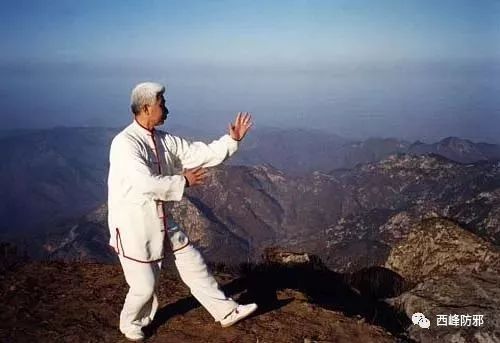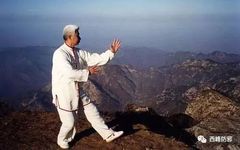Seven Essential Principles for Beginners in Qigong
Qigong is the simplest, most effective, and cost-efficient method for health and healing, encompassing beginner practices, Buddhist meditation, Taoist cultivation, martial arts, and health maintenance.

1. Practicing Qigong is a self-purification process that cleanses the body of waste and stretches the muscles and bones. After practice, one may often feel soreness in certain areas, experience itching, sweating, develop rashes, or even have sudden urges to defecate or urinate.
All these reactions are manifestations of self-purification of the body and mind. In the words of Qigong practitioners, this is known as the “disease elimination response.” After experiencing these reactions, both energy and physical strength will increase, laying the foundation for achieving health.
2. Practitioners of Qigong should not have a strong utilitarian mindset; it should not be practiced solely for comfort or merely for healing. If the first purpose is prioritized, it will be difficult to maintain long-term practice; if the second purpose is emphasized, it becomes challenging to concentrate mentally, and healing may not occur effectively.
If lacking a utilitarian mindset leads to a lack of motivation, one can cultivate a mindset focused on health that benefits both family and society. With this broader perspective, the motivation to practice Qigong will significantly increase, and modern scientific knowledge can be applied to enhance practice, achieving a quicker and better transformation of body and mind.
3. Strengthening the understanding of Qigong theory through natural science knowledge is essential. I believe that general physical exercise relies solely on bodily movement to enhance local functions, while Qigong training combines both exercise and rest. It appropriately utilizes breath and body movements to enhance the body’s circulatory capacity, improving various bodily functions in a balanced manner.
4. Practicing Qigong should be scientific, and one should practice diligently. The idea that Qigong practice should not be rushed does not mean to practice slowly; rather, if each practice session brings new insights, the progress will be faster. Therefore, each movement should be performed with focus, breath, and strength. Every practice session should feel as fresh as the first time.
5. During Qigong practice, one should both relax and exert breath and strength. This may seem contradictory and difficult to achieve. In fact, the more relaxed one is, the more breath and strength can be utilized. The feeling of relaxation can be found through the following process: align the body, close the eyes, take a deep breath, feel the body expand, then contract the abdomen and slowly exhale forcefully until there is a slight dizziness in the head, the body feels limp, and there is a sensation of sinking into the ground.
6. It is best to balance physical and mental training in Qigong practice. Different methods have different requirements for physical training, while observing the changes in internal Qi (气) is a common requirement in the mental training of Qigong.
Always pay attention to where there is soreness, swelling, pain, or itching… and reflect on the reasons behind these sensations. Is a joint becoming more flexible? Is a channel opening up? Is one’s Qi increasing? Where is the internal Qi being transported?
7. Do not treat Qigong practice as a task to complete. One should gain profound insights from the practice process; the meaning and joy of practicing Qigong should be experienced through the process of improvement.
Many elderly individuals have found that through practicing Qigong, they can read without reading glasses, some have even seen their gray hair turn black, high blood pressure has normalized, angina attacks have ceased, and diabetic patients have seen their blood sugar levels stabilize… The therapeutic effects of Qigong for age-related ailments are significant, thus middle-aged and elderly friends should practice Qigong.
(Source: Beidi Qingfeng)

